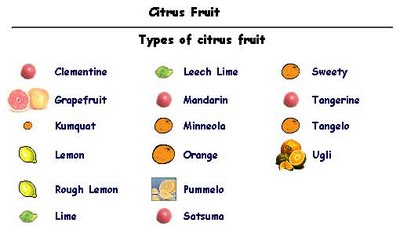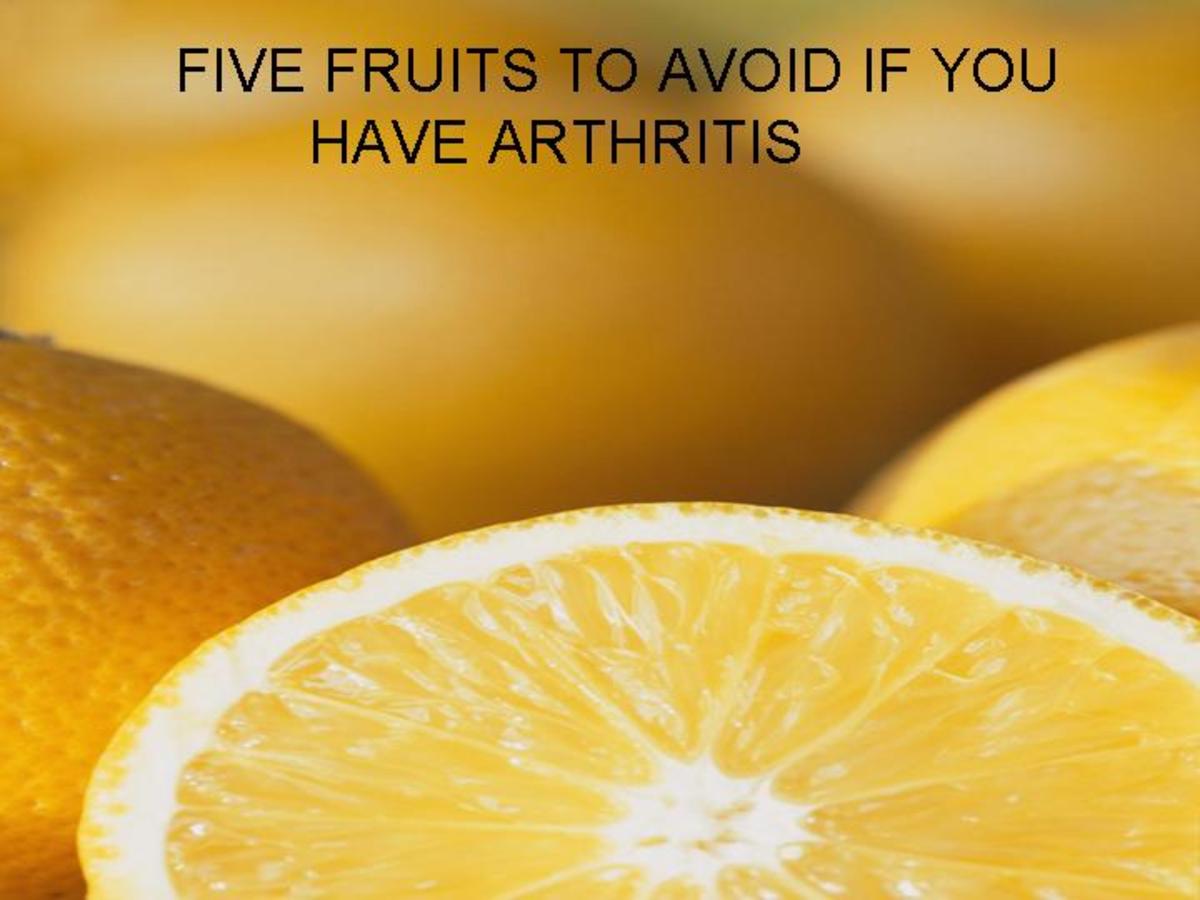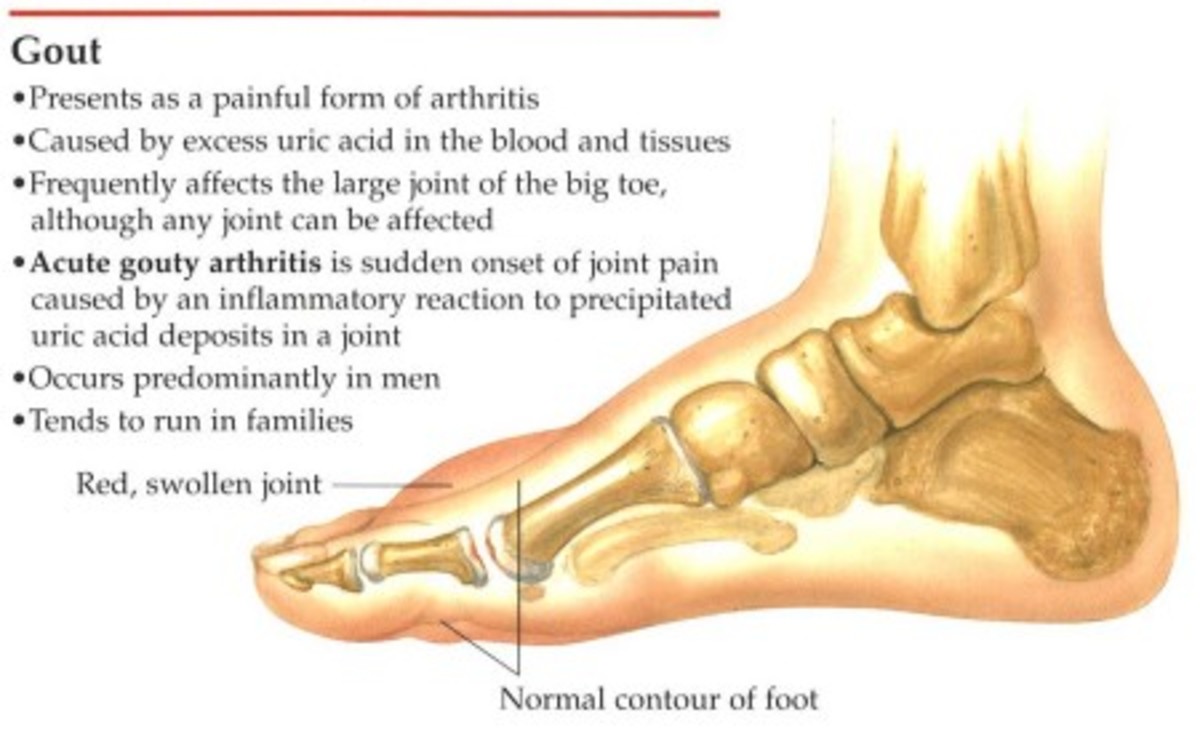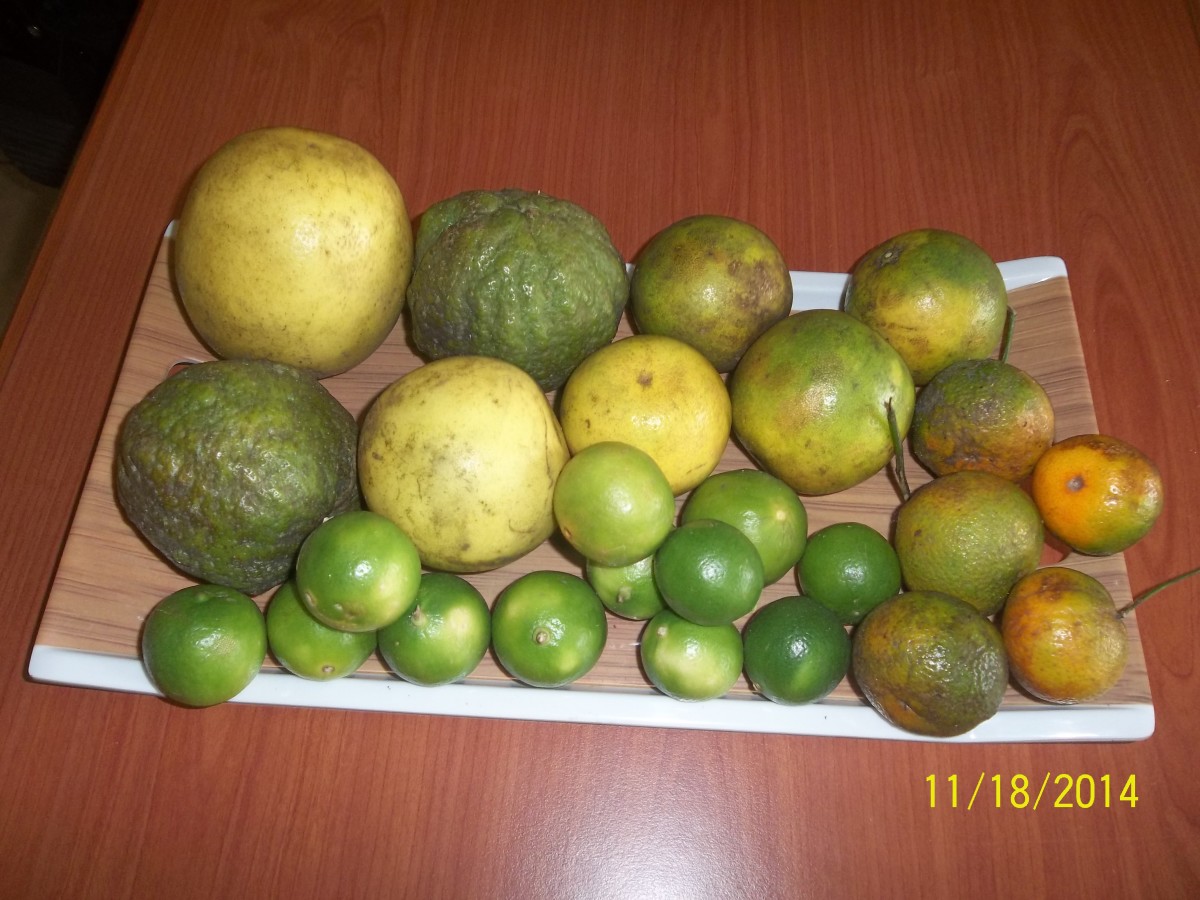Why are Many Alkaline Foods, Like Citrus Fruits, Actually Acid
List of Citrus Fruits

When Alkaline Foods are Acidic
There is a popular theory about deciding if foods are healthy for you by figuring out if they are acid or alkaline. But many people notice that acid foods like citrus fruit are listed as alkaline. I saw a question about this posed by a high school biology teacher.
Then I see many answers that are verbose, confusing and incorrect. Here is a link to one as an example in the above question, Acid And Alkaline In The Diet. It says:
When nutritionists talk about acid- or alkaline-forming foods, they are referring to the condition of the food after ingestion. There are many food substances which are acidic in their natural form that become alkaline when broken down within the body.
Most proteins contain sulphur, as well as phosphorus, within their chemical structures. When metabolized, these substances are broken down into phosphoric acid and sulphuric acid, which must then be neutralized through various chemical reactions.
Within the plant kingdom, the organic acids found in fruits and vegetables are metabolized and eventually become carbon dioxide and water. The alkaline elements such as potassium, calcium, sodium and magnesium remain. Although many fruits are acidic in nature, when broken down into their constituent elements, the acids are rendered neutral and the alkaline elements are dominant. Therefore, the end result of the organic breakdown and digestion of fruits and vegetables is alkaline in nature.
This scientific way of testing foods is a great theory on how to tell if foods are good for health but it is not perfect. Now after reading the above, how would you imagine them testing the food after it has been digested. Many people know good things along with confusing things and the net result is confusion.
It is like if I were to teach people in another country that Obama is president and Mickey Mouse is vice-president. Would I be right or wrong? On the above webpage it talks about using litmus paper to test the PH value. When I worked for the federal government as a chemist, we used an electric meter that would give us the exact number.
Now the answer to the above is also why when they put on the label of a food how many calories that it has, it also includes the calories that is in fiber that cannot be digested by humans. Why include that? Well it comes down to the exact method that they use to test the food for the above. Like do they have a psychic who swings a pendulum above the foods to figure out these values.
IF NOT THEN HOW IS IT ACTUALLY DONE? This is a secret that only God knows. They like to say that about a lot of things that they do not know. Calories are units of energy. So how do they measure that in a food? They burn it and measure the increase in temperature. Now when they burn it the fiber also burns and supplies units of energy or heat that are known as calories.
Now I gave you a link above that explains why some acid foods are actually alkaline. But how do they actually do it. Do they cut people open after they have digested their foods and test it? No. Now this may be why this method of acid and alkaline is not perfect.
They figure that when the food is burned, releasing the energy units in them known as calories, this is similar to digesting the food. So they take the food and burn it until is an ash. Then they test the PH of the ash. Now you know how they do it in simple English.
But let us make it sound more complex to impress people. Here is what Wikipedia says about ash (analytical chemistry):
In analytical chemistry, ashing is the process of mineralization for preconcentration of trace substances prior to chemical analysis.[1] Ash is the name given to all non-aqueous residue that remains after a sample is burned, which consists mostly of metal oxides. Ash is the waste product of fire (see picture on the right hand side of the page), and its content may be listed in nutrition labels, such as for pet food.[2]
Now you can see in the first webpage above that it makes no mention of burning or ash. But it does sound pretty impressive even though you still continue to not know why acid foods like citrus fruits are listed as being alkaline.
When I moved to Arizona from Philadelphia 2 years ago, I was taught about the 5 Cs that are on the state flag that were the main industries of Arizona. Imagine then all starting with the same letter! They are copper, cattle, citrus fruit, cotton and climate. Arizona is loaded with retirement communities where there are golf courses all over and people can play golf all year.
The average day time temperature around Phoenix in the winter is 65 degrees. That is like a nice spring time day elsewhere. In some of these communities most people have a citrus fruit tree growing in their yard. A friend of mine has a lemon, orange and grapefruit tree growing in her front yard.
The video below does mention about the contradiction with the citrus fruits. It is a quick course about what foods are healthy and what foods are not healthy. Water is not really a nutrient. It is actually a transport vehicle. So it is supposed to transport things without affecting them. So by definition water is tasteless, colorless and odorless.
On the video below, he talks about clean water being alkaline water. It is a great idea to consume only clean water but just like the above characteristics, pure water is neither acid nor alkaline. It is neutral with a PH of 7. Of course it is an easy mistake for non-chemists to make since measuring PH is part of chemistry. The guy who originally designed the acid alkaline chart and tested the foods himself was a biochemist-- Ragnar Berg.








